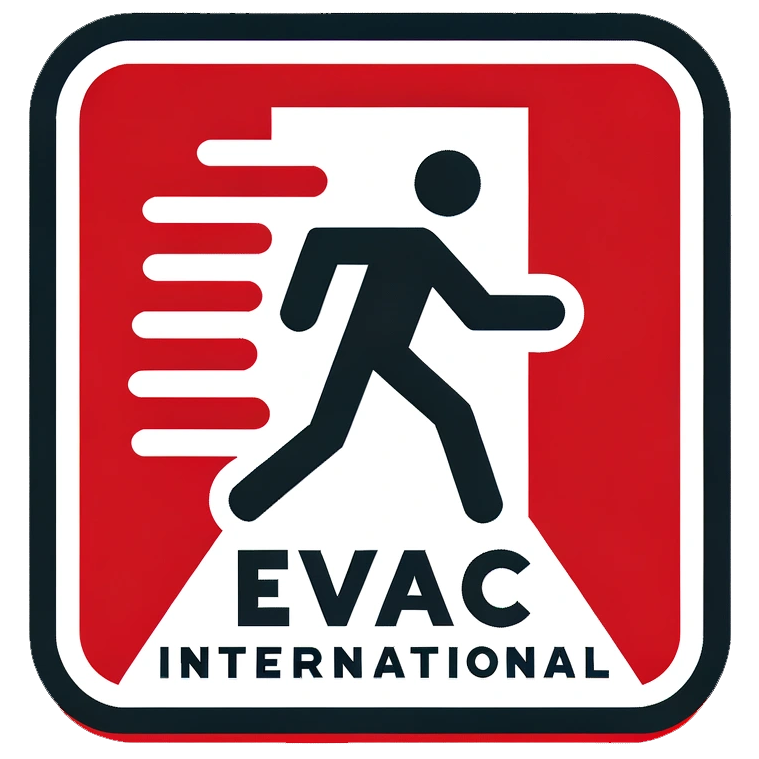As a fire safety and evacuation expert, I am a firm believer in the importance of having evacuation chairs in public buildings and companies. The safety and well-being of the public should be the priority for all organizations, and having adequate measures in place for emergency evacuations is crucial. In this article, I will discuss the significance of evacuation chairs, their benefits, and the necessity for their widespread implementation.
First and foremost, it is essential to understand the importance of accessibility for all individuals, including those with mobility impairments. In the event of an emergency, such as a fire or natural disaster, traditional evacuation methods may not be feasible for individuals who are unable to navigate stairs or require assistance. Evacuation chairs provide a safe and efficient means of transporting individuals with mobility challenges to safety, ensuring that they are not left behind during an emergency evacuation.
Furthermore, evacuation chairs are designed to be user-friendly and require minimal training for staff to operate. This makes them an accessible and practical solution for emergency evacuation procedures. In high-stress situations, such as during a fire or other crisis, the simplicity and ease of use of evacuation chairs can make a significant difference in facilitating a swift and efficient evacuation process.
In addition to providing a means of escape for individuals with mobility impairments, evacuation chairs also contribute to overall safety and preparedness in public buildings and companies. By having evacuation chairs readily available, organizations demonstrate a commitment to the well-being of their employees, customers, and visitors. This proactive approach to safety not only instills confidence in those within the building but also fulfills legal obligations to make provisions for individuals with disabilities in emergency situations.
Moreover, the use of evacuation chairs can significantly reduce the risk of injury during evacuations. Traditional methods of carrying individuals down stairs or navigating through narrow corridors can be hazardous, both for the individual being evacuated and for the individuals assisting in the evacuation. Evacuation chairs provide a secure and stable means of descent, minimizing the potential for accidents or further injury during the evacuation process.
It is also important to consider the broader impact of implementing evacuation chairs in public buildings and companies. By prioritizing the safety and accessibility of all individuals, organizations contribute to a more inclusive and equitable society. This not only benefits those with mobility impairments but also promotes a culture of preparedness and empathy for the diverse needs of all individuals.
In conclusion, the implementation of evacuation chairs in public buildings and companies is a critical aspect of comprehensive emergency preparedness. As a fire safety and evacuation expert, I firmly advocate for the widespread adoption of evacuation chairs to protect the public and ensure the safety of all individuals, regardless of mobility impairments. The benefits of evacuation chairs are clear: they provide a practical and efficient means of escape, contribute to overall safety and preparedness, and promote inclusivity and equality. It is imperative that organizations recognize the importance of evacuation chairs and take proactive measures to safeguard the well-being of all individuals in the event of an emergency.

